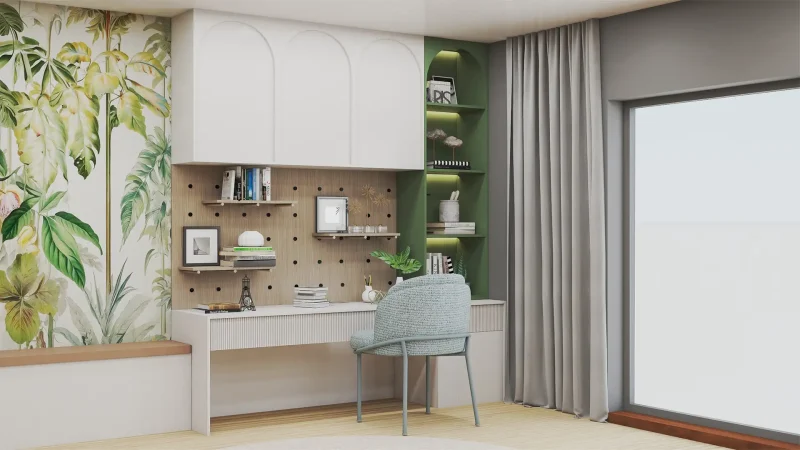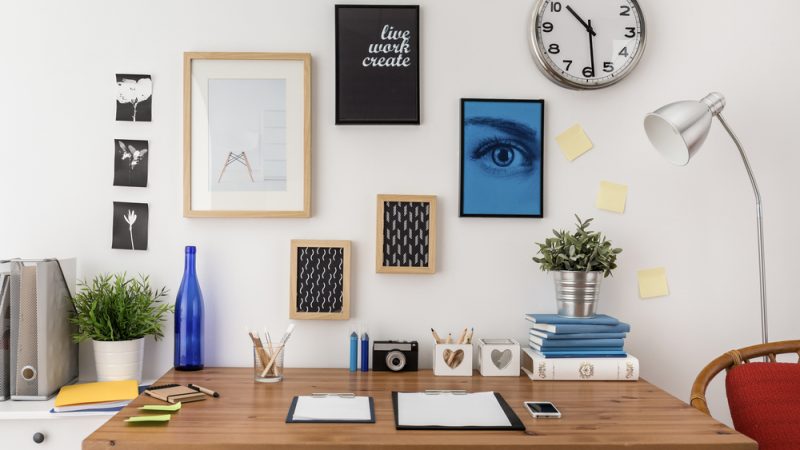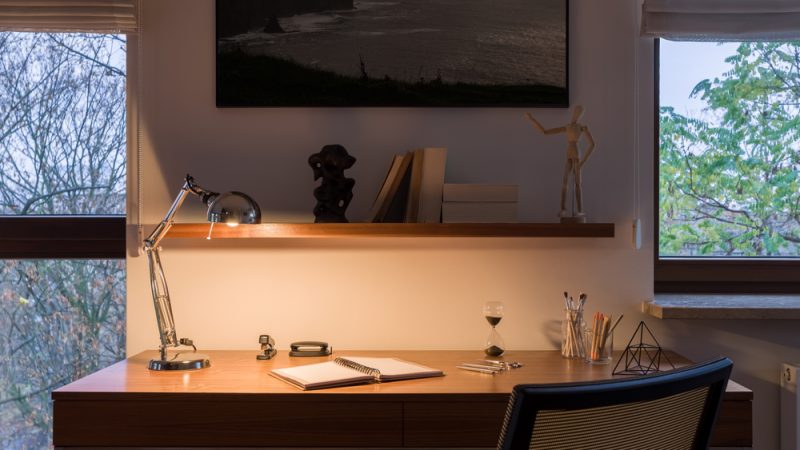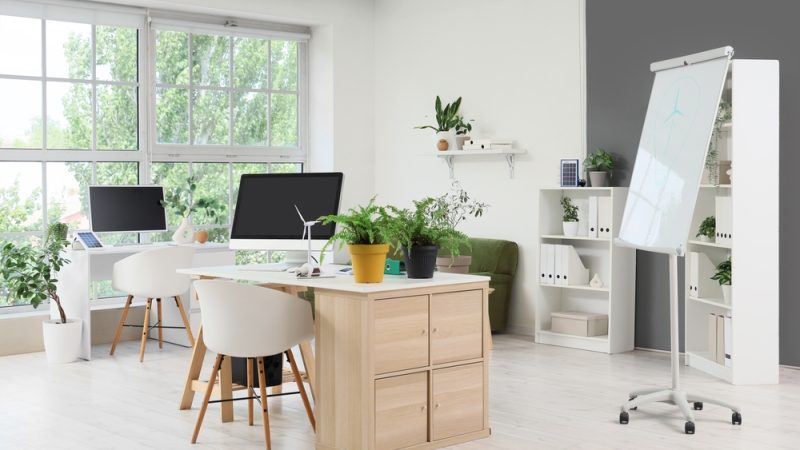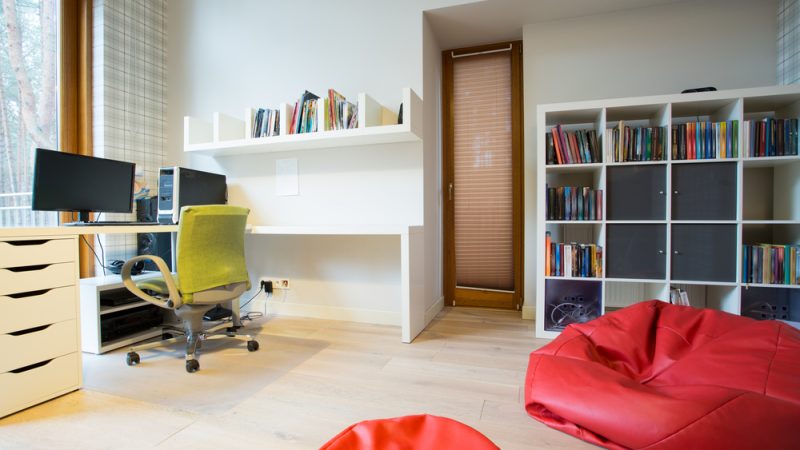How to Design a Shared Study Room for Multiple Users
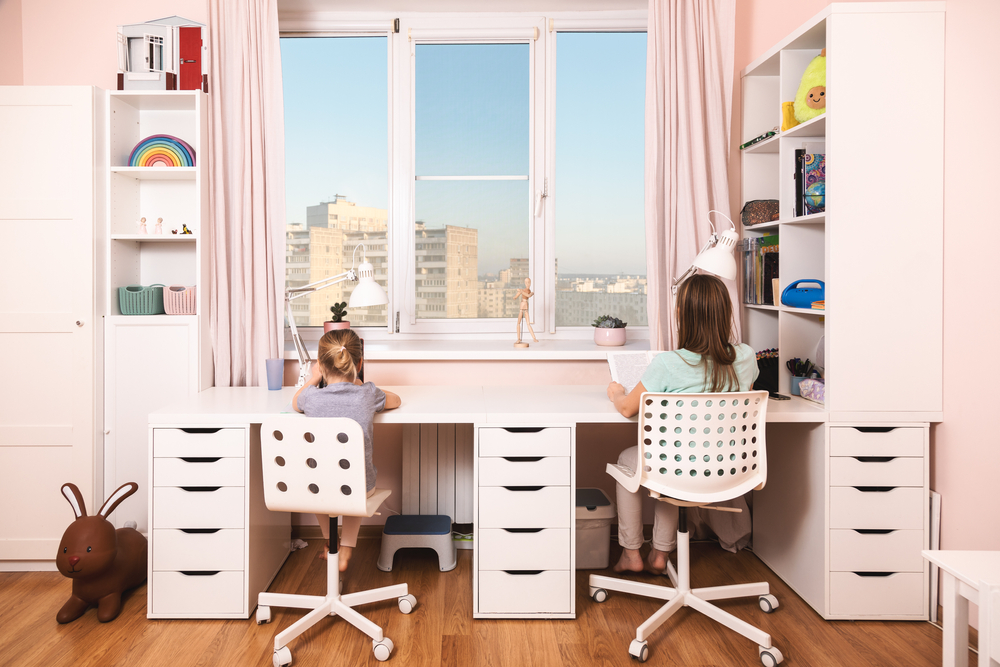
Designing a study room that caters to multiple users involves creating an environment that promotes collaboration, concentration, and flexibility. A well-planned shared study room supports group work while ensuring individual comfort and productivity. This guide covers key considerations from layout and furniture to lighting and technology integration, all aligned with modern design trends and search engine guidelines.
Planning the Layout
Begin by assessing the available study space and determining how it can best serve different study needs. Divide the room into designated areas that can be used for group discussions, quiet individual work, and collaborative projects. An open layout with clearly defined zones helps in managing traffic flow and minimizes distractions. Prioritize accessibility and ease of movement to accommodate various user activities.
Selecting Ergonomic Furniture
Choose furniture that supports comfort and productivity over long periods. Adjustable desks, ergonomic chairs, and modular tables are ideal for a shared environment. Arrange the seating to foster communication while still offering personal space. Consider incorporating movable partitions or screens to provide flexible privacy when needed. Investing in quality, comfortable furniture is essential for maintaining focus and reducing fatigue.
Optimal Lighting and Ambience
Proper lighting is crucial for a study room. Combine natural light with energy-efficient artificial lighting to create a bright, inviting space. Position workstations near windows where possible, and use adjustable task lighting for individual needs. A balanced lighting setup not only reduces eye strain but also contributes to a calm and motivating atmosphere.
Acoustic Considerations
In a shared space, noise management is a key factor. Use sound-absorbing materials such as acoustic panels, rugs, or upholstered furniture to control ambient noise. Consider installing white noise machines or background music systems to mask distractions. Creating quiet zones within the room allows users to concentrate while still sharing the same space.
Technology Integration
A modern shared study room should incorporate the latest technology to support learning and collaboration. Install sufficient power outlets, USB charging ports, and high-speed internet access throughout the room. Use digital whiteboards and projectors to facilitate group discussions and presentations. A well-connected space enhances the overall study experience and meets the demands of multiple users.
Color Scheme and Décor
Select colors and décor that inspire focus and creativity. Neutral tones with subtle accents work well in a study environment, while splashes of color can stimulate energy and conversation. Keep the design clean and uncluttered to avoid distractions. Thoughtful décor choices, such as motivational artwork or plants, can add warmth and personality without compromising functionality.
Personalization and Flexibility
A shared study room should be versatile enough to accommodate individual preferences. Incorporate flexible seating options and adaptable workstations that users can easily reconfigure. Provide storage solutions for personal belongings and study materials to keep the space organized. A customizable layout ensures that the room remains functional for various study styles and group sizes.
Maintenance and Organization
Regular upkeep is essential for a shared study space. Implement systems for cleaning, organizing supplies, and scheduling maintenance tasks. Encourage users to contribute to the upkeep by providing clearly labeled storage and recycling areas. A well-maintained room not only looks inviting but also supports a productive learning environment.
Conclusion
Designing a shared study room for multiple users involves a careful balance between functionality, comfort, and flexibility. By planning a thoughtful layout, selecting ergonomic furniture, ensuring proper lighting and acoustics, integrating modern technology, and creating a personalized yet organized space, you can create an environment that enhances both collaborative and individual learning experiences.

